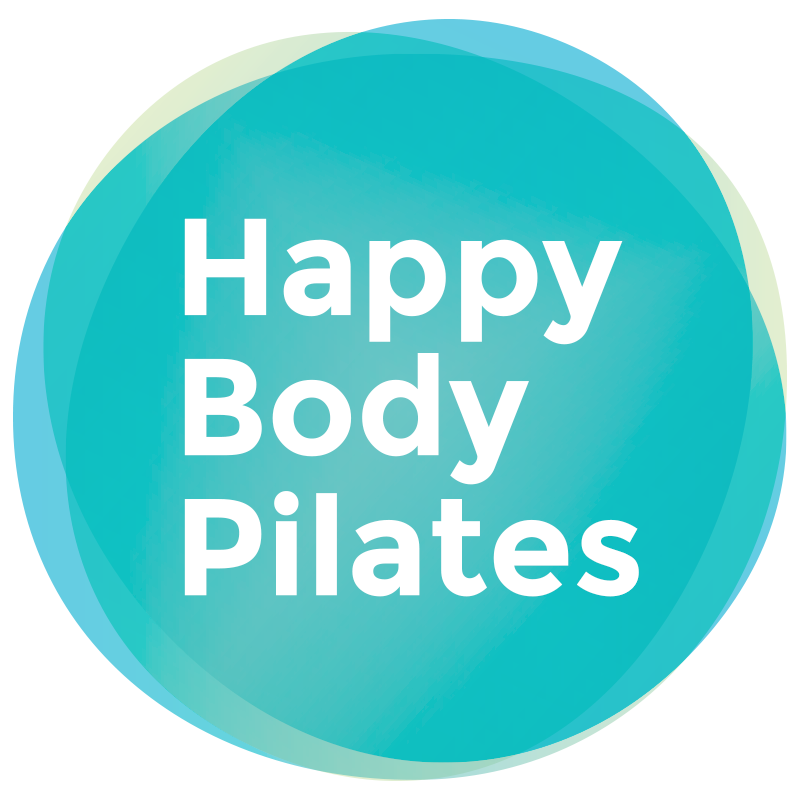What is pain and should we move through it?
I recently held a free online Pilates clinic on strategies for managing pain. And on my journey of researching useful information to share with everyone, I ended up going down a deep rabbit hole of learning and discovering. Pain science, it turns out, is really fascinating and complex and I want to share what I’ve learnt which may challenge your current thoughts and beliefs about pain. And in turn, this may help you to find your way out of a potentially vicious pain cycle.
Ready? Here we go…
What is pain?
Pain is a good thing…it’s like an alarm bell that alerts us when something is wrong and forces us to react to protect ourselves.
Pain is also a bad thing…it overprotects us and prevents recovery, like an alarm bell that doesn’t switch off (more on this later).
Pain is multidimensional – it’s an integration of biological, psychological and sociological factors which all influence our experience of pain.
The brain and central nervous system are wholly involved in the processing of pain signals in the body. No brain = no pain!
Pain is very commonly not a reliable witness to the extent of injury or tissue damaged.
Pain can last weeks or months especially if you’ve had tissue damage (acute pain).
Most muscles, bones, ligaments and discs are generally healed within 3-6 months.
But if pain persists post-recovery period, then this becomes chronic pain.
Here are some hints that you have chronic pain: your pain moves around to different positions; or it used to be in one spot but has spread to other areas; or things that used to hurt a bit now hurt a lot.
Chronic pain overprotects us and can prevent recovery and is often caused by inappropriate nervous system activity – not by tissue damage.
For tissues to return to normal, they need movement and weight-bearing exercises, but persisting pain strongly encourages us not to do these exercises (thus discouraging recovery). I think it’s fair to say that most of us have been there.
Fear of movement, pain catastrophising, anxiety and nervous system sensitisation appear to be the main contributors to chronic pain.
But you’ll be pleased to know that there are many things we can do to retrain and override our pain system so that it overreacts less and less. Keep reading for the how…
Should we move through pain?
YES, YES, YES!!! Unless you have been strictly told not to by your doctor/consultant/osteo etc then you should absolutely integrate movement back into your life. The idea is to lure and coax your body into feeling safe again.
Getting moving at comfortable levels without fear and where the brain doesn’t feel like it needs to protect you is one of the best things you can do.
It might sound counterintuitive but exercise and movement are the best way to reduce chronic pain. As you load your muscles you will become stronger, and your stronger body will be more resilient to injury. Movement simply turns down your body’s overactive pain protection settings.
Here are 5 helpful tips to get you moving through pain:
1. Breathe! – lie down on your back with feet on the floor, breathe in and out through your nose. Start your breath from your abdominal area and let it rise to your ribcage area. Try not to overly control your breath, witness it and see what happens.
2. Mobilise gently – sit in a comfortable position with hands on the sides of your ribs, create a bit of pressure with your hands as you breathe slowly in and out (intercostal breathing), then use your hands to guide a gentle twist to the right and then left. Keep breathing all the way through as you repeat.
3. Build strength - intense muscle exertion is a good way to create exercise-induced analgesia (think of this as your body’s own medicine cabinet). Use your own body weight for isometric exercises. One example is going onto all fours with your hands further forward than your shoulders. Keep your arms straight and simply push down into the floor with your hands, feet and shins with as much force as you can muster and keep going until you fatigue. Play around with different hand positions.
4. Practice Pilates regularly – it’s the perfect exercise system to help re-wire the brain, re-balance and re-connect with our bodies. It helps to address unhelpful habitual movement patterns and create positive movement experiences.
5. Mood boost – find a form of exercise that really gets those happy chemicals pumping through your body. Your own body produces cannabis-like chemicals when you exercise (read more about your endocannabinoid system) and they play an important role in regulating sleep, mood, appetite, stress levels, and pain amongst other important bodily functions.
Some final thoughts
Unless you have broken a bone or have tissue damage, then you should move within your pain limits. If you’re well past the 3-6 months recovery period, get moving again and start with tips 1 and 2 above.
Listen to your body as you know it best but also trust that if you experience some pain or discomfort after exercise, it doesn’t necessarily mean it’s bad.
Make sure that when you’re exercising, your pain levels remain the same or lessen.
If you’re unsure about whether you should exercise then speak to a health professional.
Pilates is one of the safest ways to move and can easily be modified to suit your stage of pain recovery. Check out the Happy Body Pilates video club to help you on your journey.
Pain resources
If you’re looking to learn more about pain, here are some further fantastic resources which I found really helpful:
https://www.tamethebeast.org/#tame-the-beast
https://www.youtube.com/watch?v=C_3phB93rvI&t=3s
https://www.youtube.com/watch?v=KRny8Fo4ho4
https://www.youtube.com/watch?v=gwd-wLdIHjs
https://www.bettermovement.org/blog/2020/seven-strategies-for-getting-out-of-pain
https://www.bettermovement.org/blog/2015/why-do-muscles-feel-tight
https://bretcontreras.com/a-revolution-in-the-understanding-of-pain-and-treatment-of-chronic-pain/

